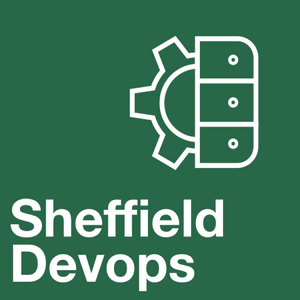What the Service Mesh?!
Cloud platforms provide a wealth of benefits for the organizations that use them. There’s no denying, however, that adopting the cloud can put strains on DevOps teams. Developers must use microservices to architect for portability, meanwhile operators are managing extremely large hybrid and multi-cloud deployments.
A service mesh is a dedicated infrastructure layer for making service-to-service communication safe, fast, and reliable. If you’re building a cloud native application, you need a service mesh. It can help connect, secure, control, and observe services. At a high level, a service mesh helps reduce the complexity of these deployments, and ease the strain on your development teams.
This talk will start by introducing what a service mesh is and what are it’s main concepts. It will then deep dive into a service mesh implementation, Istio, introducing it’s main concepts, architecture as well as demoing it’s use in conceptual “real” scenario. Concepts like Traffic Control (Canary Deployments, Dark Launches, Egress), Service Resilience (Load Balancing, Timeouts, Retries, Circuit Breaking, Pool Ejection), Chaos Testing (HTTP Errors, Delays), Observability (Tracing, Metrics), and Security (Blacklist, Whitelist) will be explored in this talk.
Speaker

Ricardo Castro
Senior Cloud Engineer at Veniam building highly performance, reliable and scalable systems. Strong believer in culture and teamwork. Open source passionate, taekwondo amateur and metal lover.













































